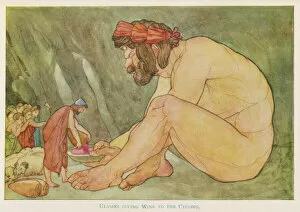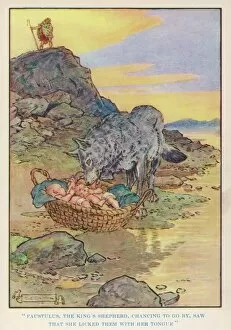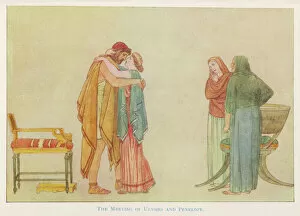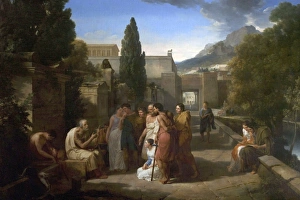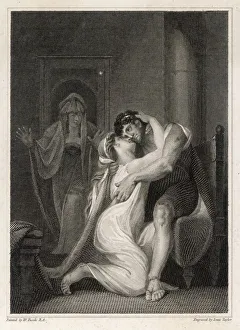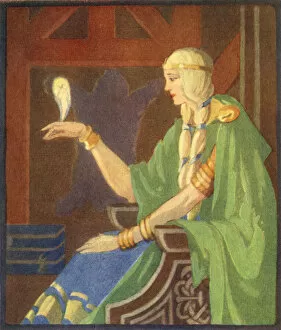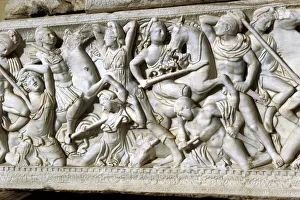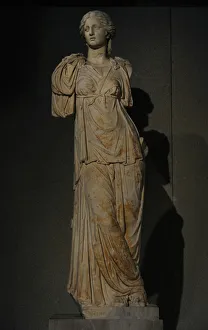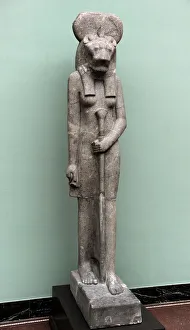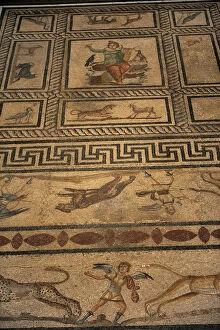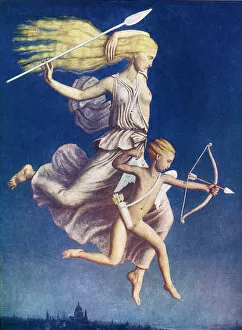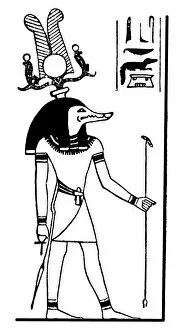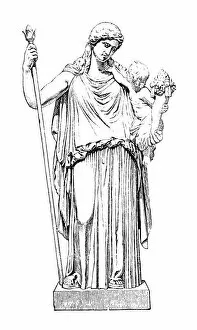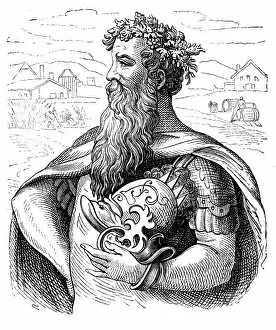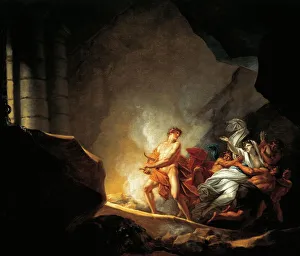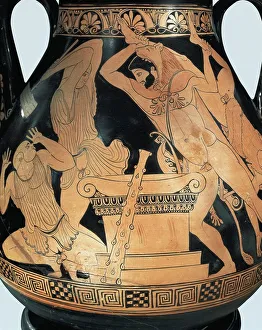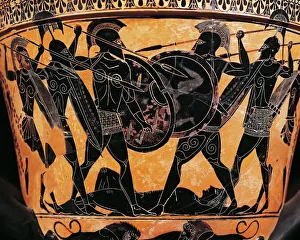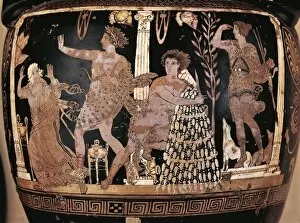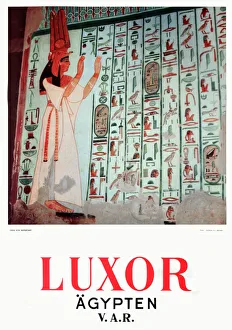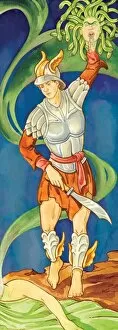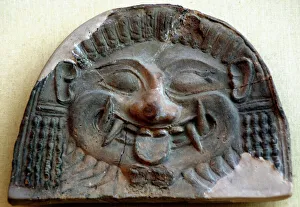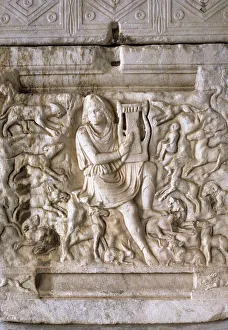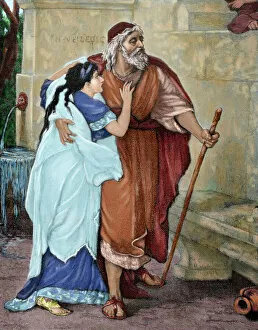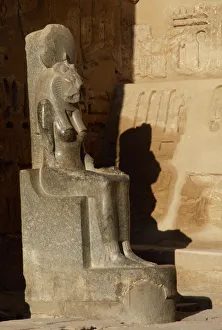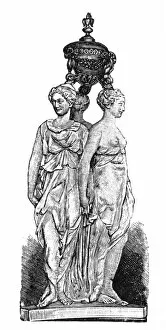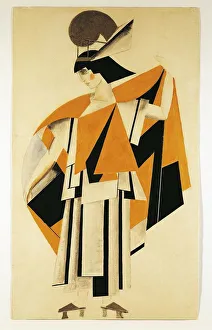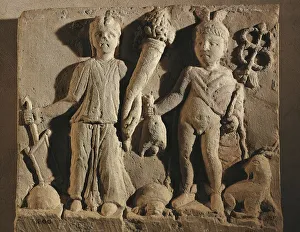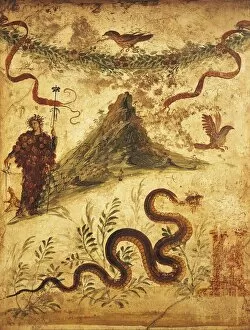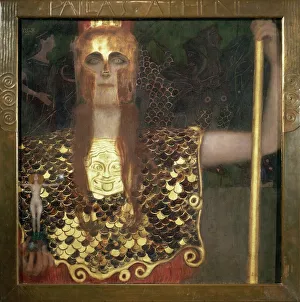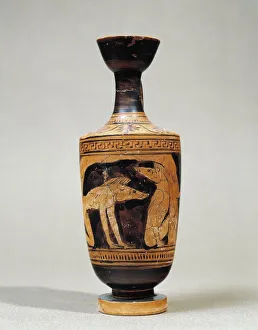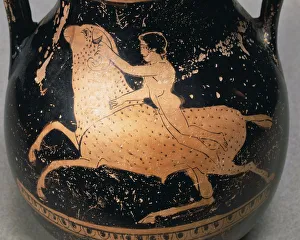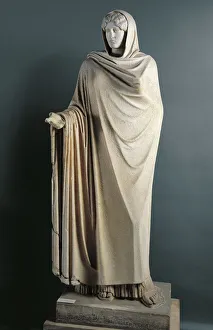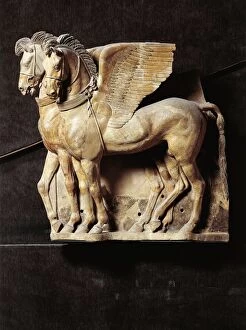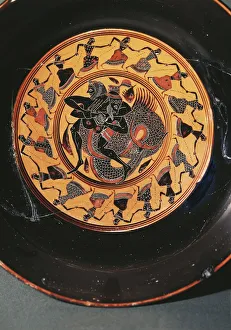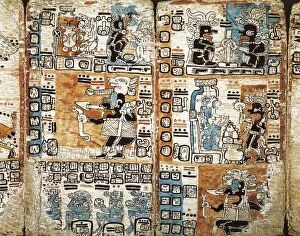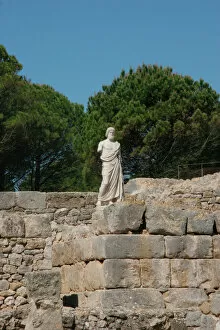Mythology Collection (page 4)
"Exploring the Marvels of Mythology
All Professionally Made to Order for Quick Shipping
"Exploring the Marvels of Mythology: From Hindu Gods to Norse Legends" Immerse yourself in the enchanting realm as we embark on a journey through ancient tales and divine beings. In India, Asia, witness the captivating presence of Hindu gods Laksman, Rama, Sita, and Hanuman; their stories echoing through generations. Admire the grace and beauty of goddesses Parvati, Lakshmi, and Saraswati as they embody power, wealth, knowledge. Marvel at the statue of Annapurna (Parvati), symbolizing nourishment and abundance at Lakshman temple. Lakshmi sits gracefully with lotus flowers in her hands - an embodiment of prosperity and fortune. Yggdrasil stands tall as the Tree of Life in Norse mythology; its branches connecting realms beyond imagination. In India's vibrant culture lies Krishna and Rada - their love story transcending time itself. Odin reigns supreme on his throne while Winged Victory or Nike stands triumphant from Samothrace's shores. Roman God Janus gazes into both past and future simultaneously. Visnu and Lakshmi radiate divinity amidst Little India's bustling streets where various Hindu Gods are celebrated through colorful depictions for sale. Ganesh brings wisdom while Ayappa protects devotees on their spiritual journeys alongside Subramania. Mythology unveils a tapestry woven with legends that continue to captivate hearts across continents. Let these timeless tales ignite your imagination as you delve into the rich heritage that has shaped civilizations throughout history.

